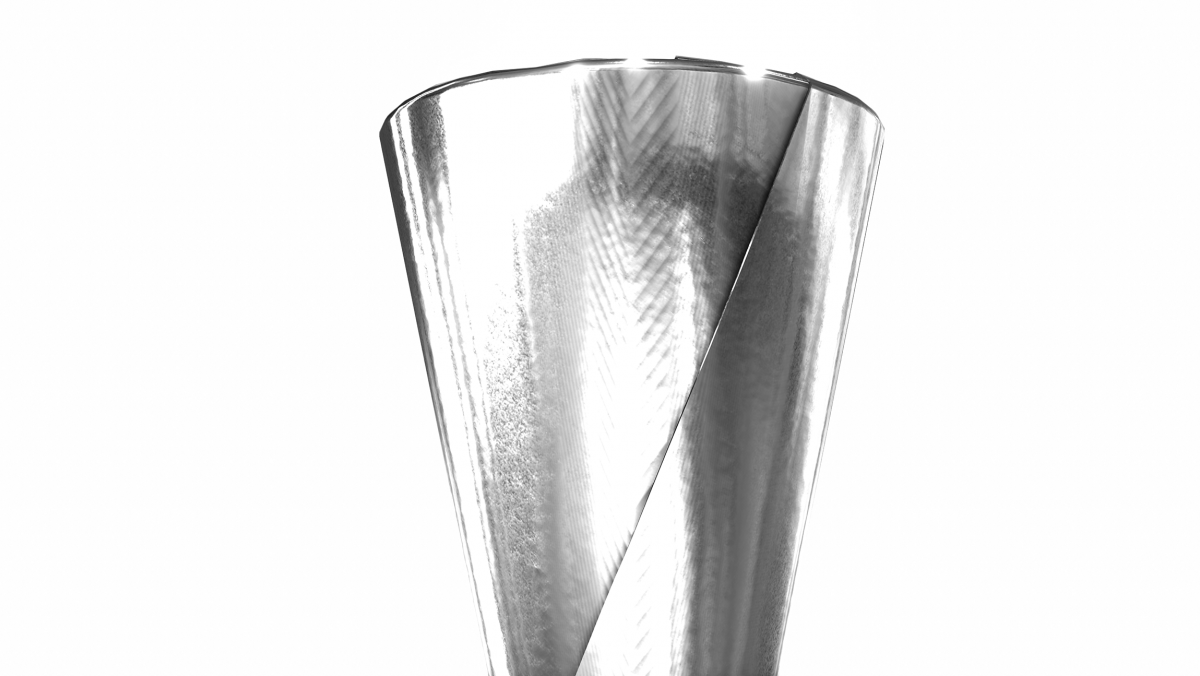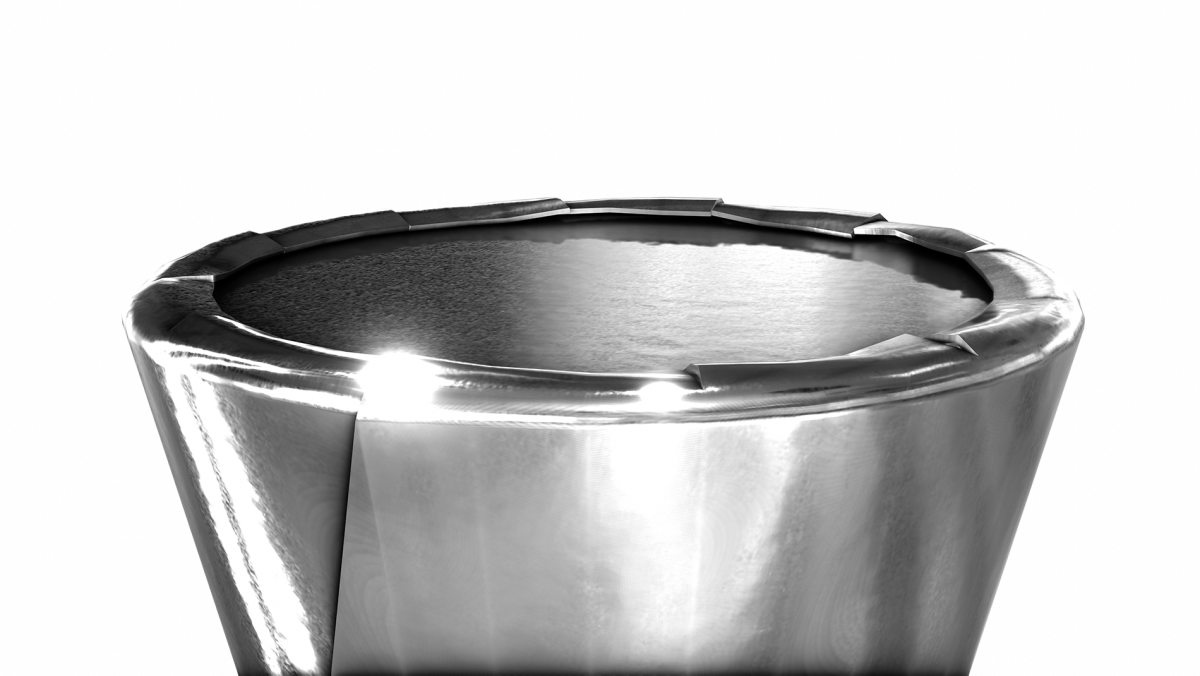Case study: paper-based ice cream cone wrappers
AR Metallizing is working to create ice cream cone wrappers using our metallized paper. Here, Clémentine Boehrer explains some of the ways we have adapted our paper for this specific use as well as some of the ways that metallized paper is showing itself to have more capabilities for packaging applications than many brands might imagine.
Ice cream

Ice cream is an exciting market in several areas of the world, and trends vary from region to region. In Europe for example, ice cream is something that’s typically brought from artisan producers and boutique firms. In America, innovative flavors are on-trend. In Asia, there’s a big market for individually wrapped ice cream products like cones or lollies, and the demand for the frozen treats is on the rise.

‘Whether they are looking to bring new products to market or rebrand, paper-based packaging for ice cream products is something brands are keen to explore more fully,’ says Clémentine Boehrer. ‘Using recyclable packaging wherever possible and moving away from single-use plastics is one of the drivers behind this, as is the visual appeal that the metallized finish can bring the packaging,’ she adds.
Typically, ice cream cone wrappers are made of multilayer material, generally paper covered with a layer of PE (polyethylene). This layer of plastic makes the wrapper impermeable – an important consideration for brands who need to protect their products from potential contamination. There can be an assumption – which is understandable – that paper might not work be suitable for this kind of direct food application, given it is a monomaterial paper product. However, our Research and Development team has worked hard to be able to qualify our paper products, without a PE layer, to be able to be competitive with some of today’s most common packaging alternatives.’ says Clémentine.
Fine-tuning our papers to make sure our products are absolutely perfect is always our ultimate priority. In the case of the ice cream cone wrap-around labels, we are looking to maximize the technical characteristics of our paper so that it is optimized for all parties in the supply chain – something that means looking at things in a multifaced and we are focusing on a number of different areas within this,’ says Clementine.
Particularly because of the demand for ice creams sold in single units, the design and color of each package are essential. The glossy and premium look finishes of our papers are therefore ideal for packaging that is attractive and eye-catching to consumers.

Technical properties
‘For any application, there are a number of things to think about, which range from the very simple to the very complex. Increasingly, we are able to show that our papers can perform well in very strenuous converting environments and that they can have the technical properties to deliver optimum results in a number of different ways,’ explains Clémentine.
In the case of ice cream cones, avoiding as much dusting as possible was important, as it would be for any direct food contact packaging. Likewise, ensuring our paper products have the strength and mechanical properties to avoid any tear or damage, is also an something that must be proven to the supply chain given converting processes take place at high speed.
The paper thickness is also important as these machines can only convert material within a definite thickness range. If the paper is too fine, the tools will pick up more than a single wrap-around label at a time, which would cause delays. The base paper is also important for other reasons, including that flatness, which is a key property which can affect the die cutting performance. ‘Selecting a base paper that has a specific filler composition that isn't too abrasive is important in the case of ice cream cone packaging. We needed to ensure that the knives that cut the cone shapes don't become blunt too quickly which can be burdensome – and expensive – for the converter, so finding the optimum base paper that could deliver the other requirements in terms of robustness and was challenging, but by no means impossible,’ says Clémentine.
After the converting process, the cones are stored in boxes (piled on top of each other) and sent to the ice cream producers.

Filling the cones
The last converting step is to put the cone in the wrap-around label, add the ice cream and then crimp the package shut. ‘Sometimes the capabilities of our papers aren’t widely known and therefore metallized papers can be overlooked as an ideal material for packaging. In this case, we were able to present a viable solution for closing the ice cream packaging via crimping, by closely reviewing the machine set-up to be more closely tailored for the conditions needed to achieve this with metallized paper,’ adds Clémentine.
Going forward, AR Metallizing is finalizing and improving mechanics, fine-tuning our design and choice of base paper to ensure that our paper is optimized for ice cream cone wrap-around labels. ‘We enjoy being able to answer questions about our papers and explore the technical requirements of our products in order that they meet up to the requirements of end users and their partners in the supply chain,’ says Clémentine in conclusion.
